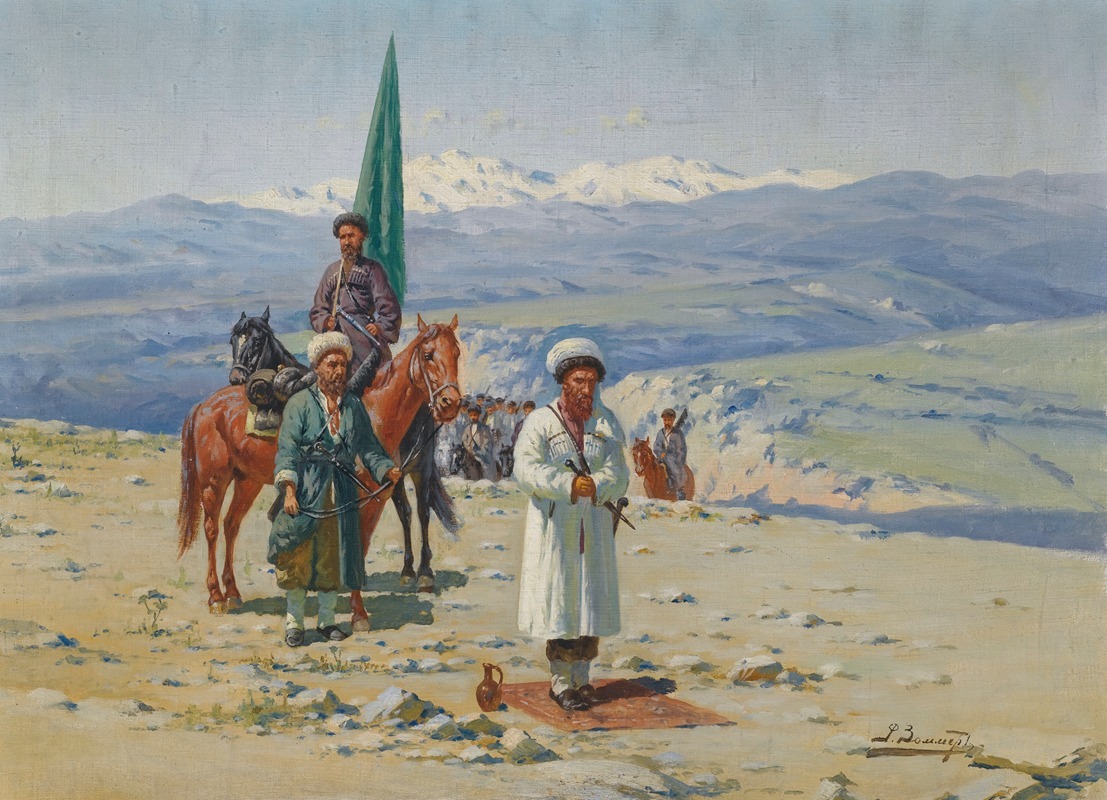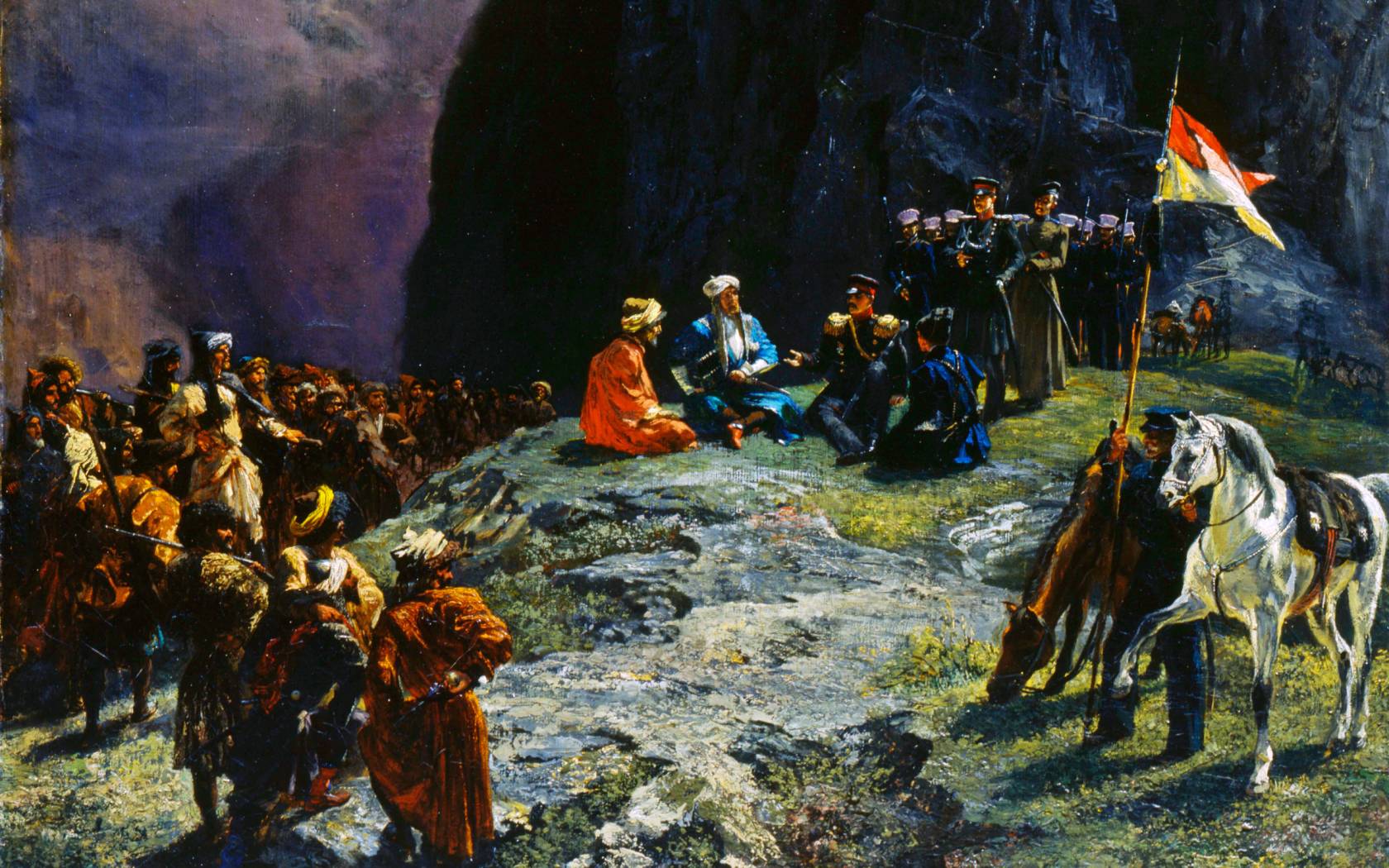
When discussing the themes of resistance and leadership, the name **Shāmil** frequently emerges as a prominent figure. Born in the late 18th century in the rugged region of **Dagestan**, Shāmil rose to prominence as a powerful symbol of defiance against the encroaching forces of the Russian Empire. His life story transcends mere accounts of military engagements and political maneuvering; it embodies the spirit of a leader who galvanized his people to unite and resist oppression, even when faced with seemingly insurmountable challenges. Shāmil’s legacy is not only rooted in his tactical prowess and leadership skills but also in his ability to inspire hope and resilience among his followers. His commitment to the cause of freedom and justice continues to resonate with people today, serving as a reminder of the enduring struggle for autonomy and the power of collective action in the face of adversity. So, who exactly was Shāmil, and what elements of his legacy continue to inspire generations long after his time?
Early Life of Shāmil

Birth and Background
Shāmil was born around the year 1797 in the village of Gimry, located in the mountainous region of Dagestan. He hailed from a family of free landlords, which afforded him a relatively privileged upbringing compared to many of his contemporaries. His early education was comprehensive, encompassing subjects such as grammar, logic, and the Arabic language. This solid educational foundation not only enriched his intellect but also equipped him with the skills necessary for leadership in a tumultuous era. Shāmil’s formative years were marked by a deep understanding of his cultural heritage and the socio-political dynamics of his homeland, which would later influence his actions and decisions as a prominent leader.
Joining the Murīdīs
In the year 1830, Shāmil made a significant decision to join the ranks of the Murīdīs, a prominent Ṣūfī brotherhood that played an instrumental role in the resistance against the encroaching Russian Empire. This brotherhood was not merely a religious group; it was a movement that sought to preserve the cultural and spiritual identity of the local population. Under the mentorship of the esteemed leader Ghāzī Muḥammad, the Murīdīs engaged in a fervent holy war, which marked the beginning of Shāmil’s transformative journey as a leader. His involvement with the Murīdīs not only solidified his commitment to the cause of resistance but also set the stage for his emergence as a key figure in the struggle for independence and self-determination in the region.
Rise to Leadership

### Becoming the Imam
In the year 1834, a significant turning point occurred in the history of Dagestan with the election of Shāmil as the third imam following the deaths of Ghāzī Muḥammad and his successor, Gamzat Bek. This moment marked the beginning of a new chapter, as Shāmil assumed leadership of a movement that aimed to unify the various mountain tribes in their struggle against the encroaching Russian forces. His election was not merely a change in leadership; it represented a rallying point for those who sought to resist foreign domination and preserve their cultural identity. Under his guidance, the movement gained momentum, drawing in supporters who were inspired by his vision and determination.
### Establishing an Independent State
Shāmil’s ambitions extended far beyond mere leadership; he envisioned the establishment of an independent state that could stand resilient against external threats. To realize this vision, he undertook the monumental task of reorganizing the military forces of Dagestan and Chechnya. His efforts included meticulously planning and executing extensive raids against Russian military positions, showcasing his strategic acumen. Shāmil’s ability to inspire and mobilize the tribes transformed him into a formidable adversary, earning him respect and loyalty from his followers. His charismatic leadership not only galvanized the local population but also instilled a sense of purpose and unity among the diverse groups that had long been fragmented.
Shāmil’s Military Campaigns

### Initial Successes
Shāmil’s early military campaigns were characterized by a series of impressive victories that significantly bolstered his reputation as a formidable leader. He skillfully orchestrated the capture of multiple Russian forts, demonstrating not only his tactical brilliance but also his ability to inspire and mobilize his troops. These early successes were pivotal in establishing his authority among the mountaineers and instilling a sense of hope and determination in his followers. However, such triumphs inevitably drew the attention of the Russian Empire, which was not inclined to allow Shāmil’s influence to grow unchecked.
### The Russian Response
In **1838**, the Russian Empire responded to Shāmil’s rising prominence with a large-scale military expedition aimed at quelling his insurgency. One of their significant achievements during this campaign was the capture of **Ahulgo**, a key stronghold for the mountaineers. Despite this setback, Shāmil’s resilience shone through as he managed to evade capture, showcasing his strategic acumen and ability to adapt under pressure. Even in the face of Russian advances, he remained undeterred, continuing to rally his forces and maintain the spirit of resistance among his followers. His ability to regroup and inspire his troops in the wake of adversity solidified his status as a leader committed to the fight for independence.
The Turning Point

Increased Russian Pressure
By 1857, the Russians were determined to crush Shāmil’s resistance. They sent large, well-equipped forces under generals like N.I. Evdokimov and A.I. Baryatinsky. The tide was turning, and the pressure on Shāmil intensified.
Final Stand at Mount Gunib
After a series of military setbacks, Shāmil retreated to Mount Gunib in 1859. Surrounded and outnumbered, he faced a tough decision. Should he continue to fight or surrender? This moment was crucial, not just for him but for the entire Caucasus region.
The Surrender of Shāmil

A Moment of Defeat
On August 25, 1859, Shāmil surrendered. This marked the end of a significant chapter in the resistance against Russian domination. His surrender was not just a personal defeat; it symbolized the overwhelming power of the Russian Empire.
Exile and Pilgrimage
After his surrender, Shāmil was taken to St. Petersburg and later exiled to Kaluga. However, he was granted permission to make a pilgrimage to Mecca in 1870, a journey that reflected his enduring faith and resilience.
The Legacy of Shāmil

A Symbol of Resistance
Shāmil’s legacy is profound. He became a symbol of resistance not just for the people of Dagestan and Chechnya but for oppressed peoples everywhere. His story is a reminder that courage and determination can inspire generations.
Influence on Modern Movements
Even today, Shāmil’s influence can be seen in various movements across the globe. His fight against oppression resonates with those who seek justice and freedom. He is often cited as a hero in literature and folklore, embodying the spirit of resistance.

Shāmil’s life is a testament to the power of leadership and the human spirit. His journey from a young scholar to a revered leader of the Caucasus is nothing short of inspiring. As we reflect on his legacy, we are reminded that the fight for freedom and justice is timeless. So, the next time you hear about a struggle for independence, think of Shāmil and the indomitable spirit he represents.
Table: Key Events in Shāmil’s Life

| Year | Event |
|---|---|
| 1797 | Birth in Gimry, Dagestan |
| 1830 | Joined the Murīdīs |
| 1834 | Elected as the third Imam of Dagestan |
| 1838 | First major Russian expedition against Shāmil |
| 1857 | Increased Russian military pressure |
| 1859 | Surrender at Mount Gunib |
| 1870 | Pilgrimage to Mecca |

